Ordering Number: 23287
Katana in Shirasaya with Koshirae (Tokubetsu Hozon Token)
Signature: Unsigned
Golden inscription:
Enju Kuniyoshi 延寿国吉
Hon-A 本阿 (written seal mark)
Chu-koto: Jyo Saku: Ryo Wazamono: Higo
We divide 4 sections for each sword as Saijyo Saku, Jyojyo Saku, Jyo Saku, and Regular Saku.
This work is ranked as Jyojyo Saku for Mumei (Enju Kuniyoshi).
Habaki: Plain copper, single layer
Blade Length: 67.1cm (26.4in)
Curvature: 1.0cm (0.4in)
Mekugi Holes: 3
Width at Base (Motohaba): 3.2cm (1.3in)
Width at Yokote: 2.2cm (0.9in)
Thickness: 0.7cm (0.3in)
Sword Weight: 785 grams
Era: the end of Kamakura period to the Nanbokucho period, around the mid 14th century.
Shape: wide and thick blade with small Sori and long kissaki.
Jigane:Ko-itame hada and Ko-mokume hada with clear utsuri.
Hamon: Ko- niedeki suguha with Ko-ashi.
Features: Enju Kuniyoshi was the son of Enju Taro Kunimura and often produced suguha hamon.
His works are characterized by a bright, clear blade with subtle activities, and the presence of ko-ashi is especially noticeable.
The blade shows a soft, hazy appearance in the first half, a hallmark of his style.
The Enju was a group of higo swordsmtihs active from the end of the Kamakura period to the Nanbokucho era, which founder was Enju Taro Kunimur. Several generations of Kuniyoshi existed, and the 1st generation is said to be the son of Kunimura. Kunimura is said to have been a grandson of Rai Kuniyuki, and Enju's style is similar to that of the Rai school, but Enju's style is more calm. The golden inscription on this work is by Hon'ami Koson who worked as a sword researcher and polisher from the Meiji to the Showa period.
The Hon'ami family has been in the business of sword appraisal since the end of the Muromachi period, and before the establishment of NBTHK, it was the most prestigious appraisal.
Koshirae:
Tsuba:iron tsuba with a picture of sea and plovers.
Menuki:a picture of Shishi dog.
Fuchikashira: Shakudo with a picture of a dragon.
Kozuka: Shakudo nanako with a picture of shells.
Aoi Art’s Comment: This is bright piece with soft atomosphere. The sword is thick, sound and well made.
NBTHK Tokubetsu Hozon paper
Aoi Art estimation paper
Whole Oshigata
Price: 1,250,000 JPY
Order Form
Related Items:
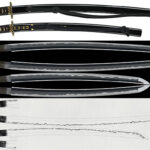 Dai Sho : Motohira(Dai Sho:NBTHK Tokubetsu Hozon Token)(Daisho Koshirae: NBTHK Tokubetsu Hozon Tosogu)
Dai Sho : Motohira(Dai Sho:NBTHK Tokubetsu Hozon Token)(Daisho Koshirae: NBTHK Tokubetsu Hozon Tosogu)
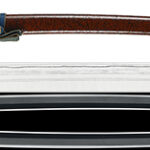 Katana: (Gold-powder signature) Hishu Kunisuke (NBTHK Tokubetsu Hozon Token)
Katana: (Gold-powder signature) Hishu Kunisuke (NBTHK Tokubetsu Hozon Token)
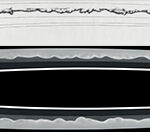 Katana: Minamoto Moriyoshi and Enju Nobutsugu Collaboration (NBTHK Tokubetsu Hozon Token)
Katana: Minamoto Moriyoshi and Enju Nobutsugu Collaboration (NBTHK Tokubetsu Hozon Token)
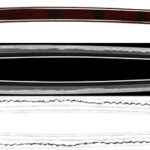 Katana: Matsumura Masanao.
Katana: Matsumura Masanao.
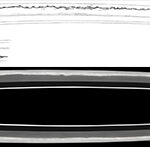 Katana: Hoki Kami Ason Masayuki
Katana: Hoki Kami Ason Masayuki
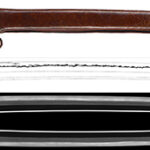 Katana: Higo Kami Tachibana Yoshitsugu Saku
Katana: Higo Kami Tachibana Yoshitsugu Saku







